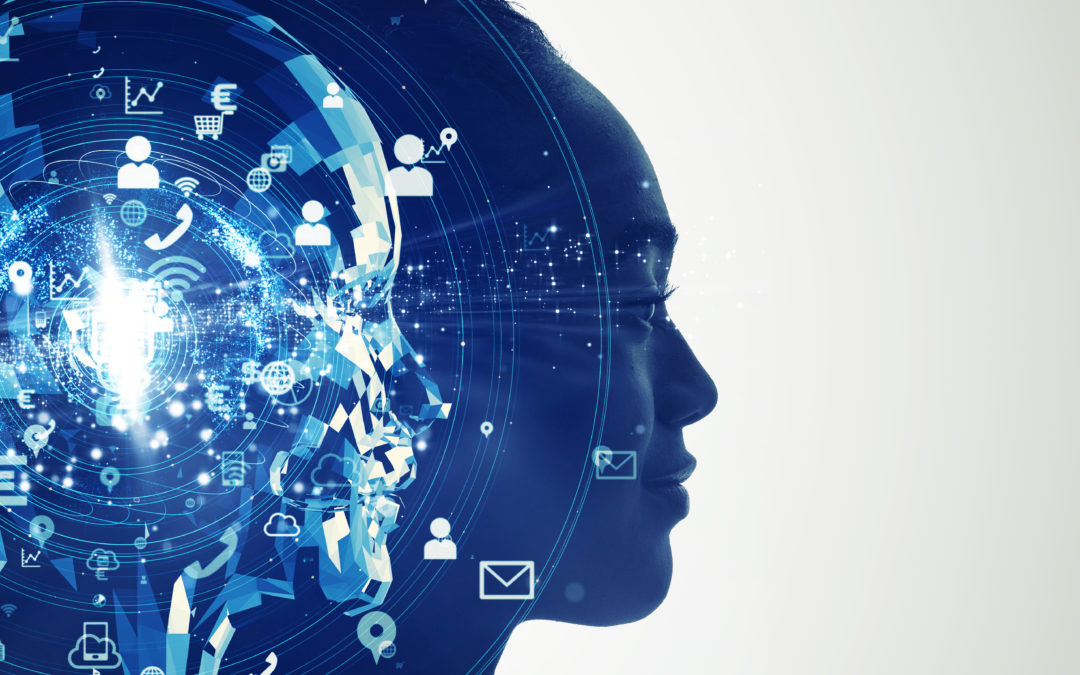More and more mentioned by companies, artificial intelligence remains a concept that is not always clear. In this article, we explain what artificial intelligence is.
What is artificial intelligence?
Artificial intelligence is a recent field of computer science that includes theories and mechanisms used to simulate human intelligence by machines.
Its main objective is to give machine users the impression that they are communicating with another human being. The Turing test evaluates the ability of a machine to imitate human conversations: if the user of the machine cannot determine whether he is talking to a machine or to another human being, then the test is positive.
To achieve this goal, algorithms and computer codes that make up an artificial intelligence require data to learn. The amount of data needed for an artificial intelligence’s machine to learn varies depending on the tasks and features to be taught to the machine. It is also necessary to have data available that has never been processed by the machine to serve as a test medium.
How does machine learning work?
There are different types of automatic learning:
- Supervised learning
- Unsupervised learning
- Deep learning
- Artificial neural networks or neural networks
Supervised learning
Supervised learning involves providing annotated data to a machine to create a model for processing a specific type of data to get the expected result.
However, this type of machine learning has a cost and can be time consuming. Indeed, the machine learning data must first be annotated. In the absence of automated annotation, annotation must be done by hand by annotators.
Unsupervised learning
Unsupervised learning consists in providing data that are not annotated to a machine. The machine must therefore analyze the data provided to it in order to extract patterns and create its own data processing model.
The testing phases are essential to determine if the amount of training data was sufficient to reach the set objective.
Deep learning
Deep learning is another type of machine learning. It also involves providing data that is not annotated to the machine to create a processing model.
The difference between deep learning and unsupervised learning is the number of “layers” (or treatments) performed by the machine on the data for its learning. In other words, the machine will analyze its training data several times and in different ways to arrive at the most suitable model.
Artificial neural networks
Artificial neural networks are the “black boxes” of artificial intelligence. Neural networks are represented schematically like human neural networks (nervous system), i.e. by a series of connected clouds of points. Complex mathematical and statistical algorithms are added to this schematic representation and constitute the knowledge of artificial intelligence.
To sum up, the way neural networks work is based on advanced mathematics. These artificial neural networks are used by most online machine translators.
What can we do with artificial intelligence?
Artificial intelligence is a fast growing field that is increasingly used in many areas. As mentioned earlier, artificial intelligence is a vast field that can do almost everything and automate everything It is enough to specify the need and to train the machine on consistent data and in sufficient quantity.


